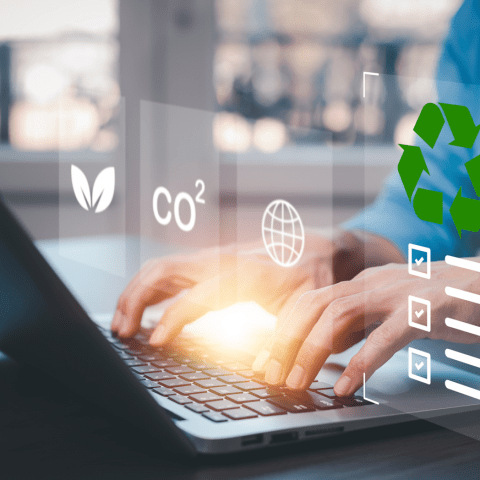What do we mean by virtuous circle?
At the same time as reducing your carbon footprint, digital sustainability will also help you improve your accessibility score and SEO. How? Because quicker page speeds are better for the environment, enhance the user experience and are rewarded by search engines.
Though this virtuous circle should be the end goal, unfortunately there’s no one-off silver bullet. It is something that needs ongoing care, attention and investment. Having a solid sustainability foundation, however, is certainly something to aspire to.
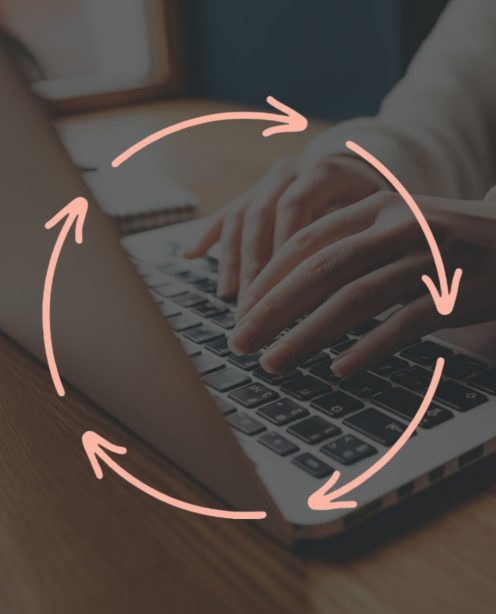
What is digital sustainability in web design and why does it matter?

To reduce your website’s carbon scores, we need to understand what digital sustainability is.
In web design, digital sustainability is about designing web services, experiences and platforms that minimise their environmental impact throughout their lifecycle.
We are passionate about helping organisations embed digital sustainability into their operations from the start. It’s not only the right thing to do, but these enhancements can boost the overall user experience and improve accessibility for mobile users.
“Smaller carbon footprint equals lower energy consumption and reduces environmental impact... It’s about finding that balance between functionality, aesthetics and environmental responsibility.”
- Amanda Matthews, Head of Projects at Un.titled
What do we do
There are multiple factors that play a role in improving sustainability across the front-end and back-end of a website and the best results are a combined effort, between the agency, the client and the platform, working together in unison.
As the agency, we support clients in a number of ways, from the early discovery work through to web development, design, platform selection, green hosting and measurement.
1.Discovery
We carry out robust discovery work and optimise the user journey to reduce unnecessary clicks and wasted load times.
2.Design
We look to create sustainable designs that minimise energy consumption and make conscious design choices. This includes using efficient image formats like SVG which reduces the number of load requests as the same image can be used across multiple devices at different sizes. We also begin with mobile-first design and utilise darker colour palettes.
3.Web development
With web development, we focus on efficiency by optimising images and typefaces and leverage coding best practice, minifying code and removing redundant code. We look to minimise HTTP server requests so only necessary requests are carried out. We also introduce an efficient caching policy to help reduce repeat requests.
4.Platform selection and green hosting
Across hosting and CMS, the third-party solutions we work with, and platforms play a big role in digital sustainability.
Case study: Contemporary Art Society
Contemporary Art Society approached us for support with integrating their website with their collection database. Each day, we run a Cron job in the early hours which only pulls in updated data and will not crawl all 13,000 individual records within the collection database. This enables a faster, more responsive website, as unnecessary data requests and data are not made or stored.
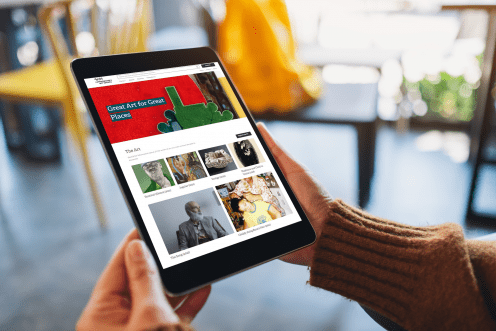
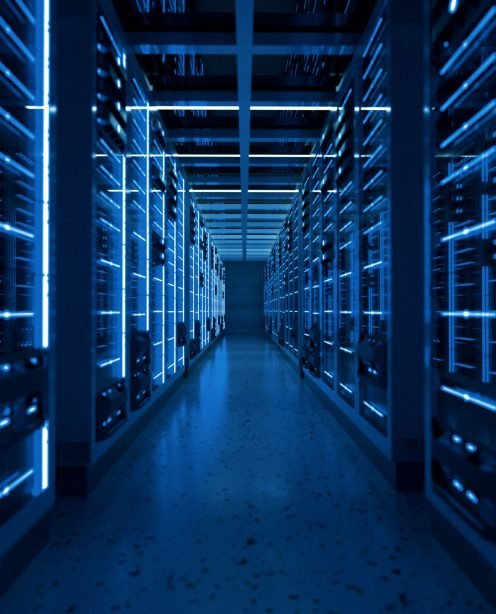
Hosting
We harness green hosting and choose web hosting providers that use renewable energy sources to power their servers. For example, Pantheon hosts many of our CMS websites. It benefits from using Google Cloud Platform for its infrastructure, which is the greenest option on the market in terms of its ambitions, transparency, tooling and best practices. Pantheon is also scalable, so it can handle high website activity and traffic as necessary and with very little redundancy.
CMS
We use multiple content management systems (CMS), one of which is Drupal, an open-source CMS we have used across several projects. Amanda explains why and how Drupal is good for sustainable web design:
“Their approach is a foundation-base build, which means developers can install various features and elements that are needed. As Drupal is open-source, it gives developers lots of flexibility to develop sustainable elements. Drupal also has a dedicated sustainability initiative team looking at approaches and ongoing investments.”
Ultimately, Drupal enables developers to build eco-friendly websites that are efficient, user-friendly and help create a more sustainable digital future.
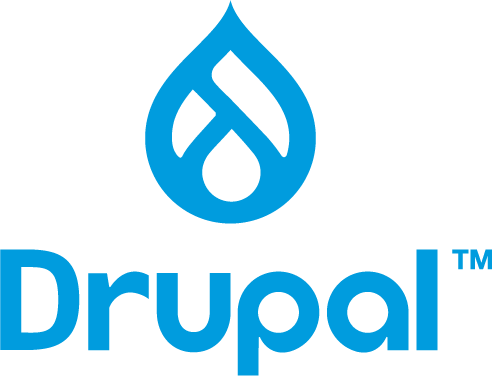

Ecommerce
As with CMS’, we are agnostic when it comes to ecommerce platforms. We work with multiple platforms such as BigCommerce and Shopify.
BigCommerce is designed to be scalable, and their SaaS platform runs on Google Cloud, which is a leader in digital sustainability (more on that below). They also acknowledge the environmental impact of ecommerce and offer resources to encourage sustainable practices, such as blogs outlining the steps organisations can take. Shopify is also a scalable, SaaS platform that runs on Google Cloud.
CRM and Ticketing
As a CRM platform focussed on ticketing, membership and donations, Spektrix is a popular choice for many of our clients and integrated with many of our CMS websites. Other CRM and ticketing platforms are available ,but Spektrix uses infrastructure as code, which is a practice where you manage and provision your computer data centres through code instead of manual processes or configuration tools.
Additionally, Spektrix uses Microsoft Azure for hosting and has the stated ambition to be Carbon Negative by 2030. They are also a certified B Corp, which includes a requirement to measure a company’s social and environmental impact.
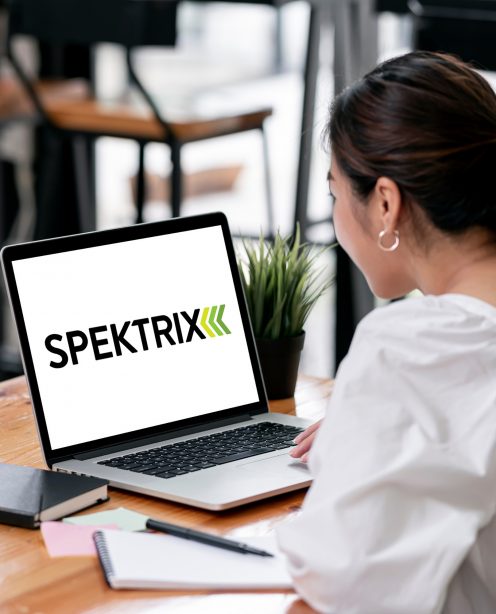
Measurement
There is no one tool we rely on when measuring digital sustainability and calculating a website’s carbon score. Utilising a combination of tools helps us validate data, providing an accurate reflection of a website's performance.
Some of the tools we use include performance calculators, which use metrics such as data transfer, intensity of web data, the energy sources used by the website data centre, and website traffic to highlight the annual CO2 emissions of a website.
Website Carbon Calculator is one of the original calculators and has ties to the sustainable web design movement. Users enter a page URL, and the calculator provides a score between A+ and F, with an A score indicating a very good carbon friendly website, and an F indicating a website with a high carbon footprint.
To put this into perspective, an A+ scored website produces 0.095 CO2e per page view or less, while an F scored website scores more than 0.847 CO2e per page view.
More information about Website Carbon Calculator’s scoring can be found on the website carbon calculator site.
Interestingly, Website Carbon Calculator currently puts the global average at E-, so there is long way to go globally.
Ecograder is similar to Website Carbon Calculator but works differently. Ecograder provides a score out of 100, along with a more detailed breakdown of where data is going, i.e. images, scripts, HTML, CSS and other areas. It also gives you recommendations on where you may be able to lower your website’s carbon footprint.
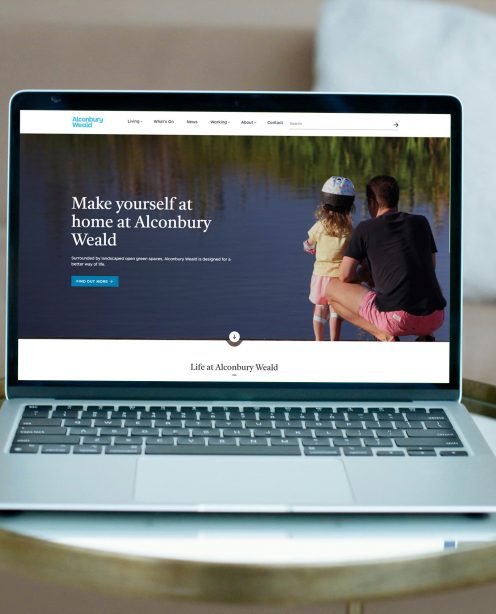
Case study: Alconbury Weald
We helped Alconbury Weald, a former RAF base that’s been converted into a flourishing community to live and work in, achieve an A grade on Website Carbon Calculator (at time of writing). As an organisation with a strong sustainability ethos, we delivered digital products, services and data that respect the principles of being clean, efficient, open, honest, regenerative and resilient – all of which are fundamental to sustainable web development. Our team focused on energy efficiency, optimised code and reduced resource consumption. We also chose a web hosting provider that uses renewable energy sources to power their servers for the Alconbury Weald website.
An ongoing commitment
Just like accessibility, digital sustainability takes work – it cannot be a short-lived effort. A commitment to digital sustainability is something your organisation needs to invest in.
In simple terms, if you don't invest on an ongoing basis, the performance of your website will degrade over time. Web standards evolve constantly, and the criteria for what gets measured, and how it gets measured, changes all the time too,
That’s why it’s vital to have a program of investment in digital sustainability to avoid it simply being a flash in the pan that disappears as quickly as it arrives.
Website carbon scores will drop over time without that ongoing commitment, so we highly advise you to be proactive when it comes to maintaining your own sustainability commitments.
Across all our projects, our dedicated team take the time to stay up to date with the latest trends, changes and new solutions to drive the best results for our clients. We continously look for ways to optimise and grow our client’s websites while ensuring they remain sustainable.
Enhance your website’s digital sustainability today
We hope our tips and advice have provided you with plenty of actionable insight. If you're looking to improve your website's sustainability and are seeking some guidance, get in touch.
Our team would love to discuss your goals and highlight ways to lower your website’s carbon score.
